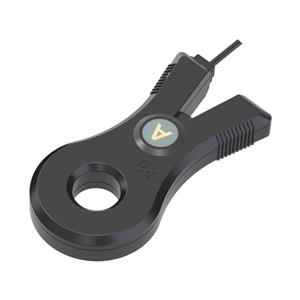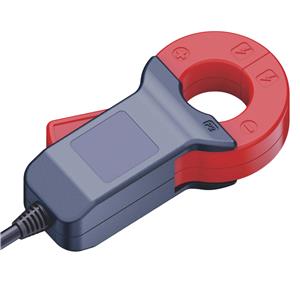-
1805-2024
LCM Driver ICs
The role of driver ICs (Integrated Circuits) in LCMs is often overlooked but is crucial for display performance. Exploring the lesser-known aspects of LCM driver ICs can be an interesting topic. This could include discussing the types of driver ICs used in LCMs, such as source driver ICs and gate driver ICs, and their functions in controlling pixel voltages, refresh rates, grayscale levels, and other display parameters. Exploring the impact of driver ICs on LCM performance and their integration with other display components can provide valuable insights.
-
2705-2024
LCM Customization and Application Challenges
Highlighting the challenges and intricacies involved in customizing LCMs for specific applications can be a lesser-known but intriguing topic. This could include discussing the customization options available for LCMs, such as different sizes, aspect ratios, resolutions, touch capabilities, and special features. Exploring the technical, logistical, and cost considerations in customizing LCMs can shed light on the complexities of this process and the importance of collaboration between LCM manufacturers and their customers.
-
2205-2024
LCM Touchscreen Technologies
LCM (Liquid Crystal Module) touchscreens are a fundamental component of many electronic devices, enabling intuitive user interaction and navigation. Several touchscreen technologies are commonly used in LCMs, each with its own working principle, advantages, and applications.
-
2005-2024
LCM Technology Advancements
Liquid Crystal Modules (LCMs) have undergone significant technological advancements in recent years, revolutionizing the display industry and enhancing user experiences across various applications. From improvements in display resolution and refresh rates to enhanced color accuracy and power efficiency, these advancements have propelled LCM technology to new heights.
-
1605-2024
LCM Backlighting Solutions
Exploring the various backlighting solutions used in LCMs can be an intriguing topic. This could include discussing the different types of backlight technologies such as LED (Light Emitting Diode) backlights, OLED (Organic Light Emitting Diode) backlights, and even emerging technologies like mini-LED or micro-LED. Highlighting the advantages, drawbacks, and future prospects of these backlighting solutions can provide valuable insights into the evolving field of LCMs.
-
2808-2023
Liquid Crystal Module
LCM, short for Liquid Crystal Module, refers to a key component in liquid crystal display (LCD) technology. It is an assembly that integrates various components such as liquid crystal cells, thin-film transistors (TFTs), color filters, polarizers, and backlight units to form a functional display panel.
-
1707-2023
Understanding Liquid Crystal Modules (LCMs)
We will explore the fascinating world of Liquid Crystal Modules (LCMs). As a professor at the Massachusetts Institute of Technology (MIT), I am excited to shed light on the principles, structure, and applications of LCMs in various industries.




